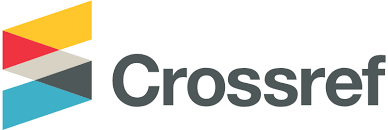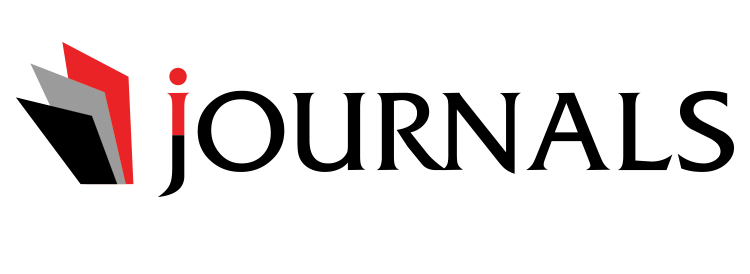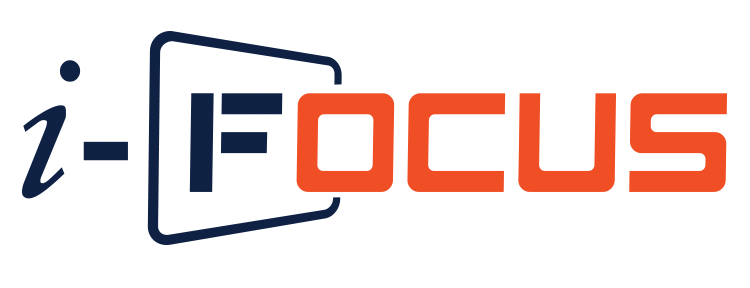Hull Form Factor Prediction of Mini Submarine Model Using Prohaska Method
Abstract
Speaking of prisoners on mini-submarines is certainly different Fnom the type of surface vessels in general. This is related to differences in the shape of the sub's hull when compared to surface ship. In addition to differences in the shape of the hull, the difference in the operational area of the ship is also different, where the submarine's hull operates at full water depth, while the surface ship the ship hull partly operates at sea level. If the submarine model is tested then the value of the coefficient of resistance will be very different. Where the component of the coefficient of resistance (CT) consists of the coefficient of Fniction (CF), form factor (1+K), and Correlate Allowance (CA). Because the hull shape is different Fnom the surface ship, then the hull form factor coefficient is the focus of this study. The prediction of the hull form factor can be searched using the PROHASKA method. Where this method is done using a mini-submarine model test. By the known value of the hull form factor, then it can be used to find the value of the coefficient of resistance and can know the resistance of the ship

This work is licensed under a Creative Commons Attribution-ShareAlike 4.0 International License.











